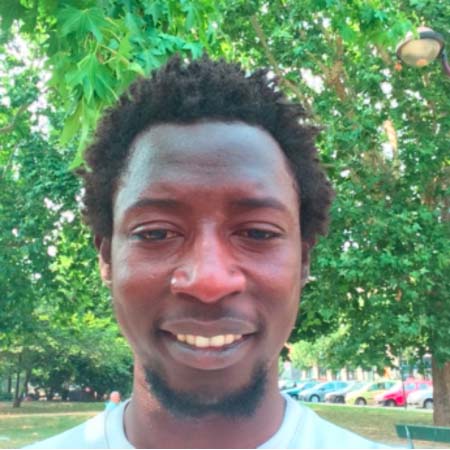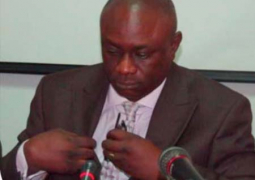
According to the 1951 Geneva Convention Relating to the Status of Refugees, for any person to be recognised legally as a refugee, the person must be fleeing persecution on the basis of religion, race, political opinion, nationality, or membership in a particular social group, and must be outside the country of origin.
But this very definition characterised by these attributes are highly undefined and technically difficult for the majority of those fleeing for their lives to fulfil.They are either too complex to defend or broad to follow by those refugees who nearly cannot even remember where they are fleeing from.
From more than two years involvement both as a journalist and as a student of a legal clinic, I have found this strict international definition as biased and unfitting for the majority of those who seek for protection.
However, the contemporary drivers of displacement are complex and multi-layered, making protection based on a strict definition of persecution increasingly problematic and challenging to be implemented both on moral and legal grounds.
Many forced migrants now fall outside the recognised refugee and asylum apparatus.Much displacement today is driven by a combination of intrastate conflict, poor governance and political instability, environmental change, and resource scarcity.
These conditions, while falling outside traditionally defined persecution, leave individuals highly vulnerable to danger and uncertain of the future, compelling them to leave their homes in search of greater security.
In addition, today’s global displacement picture is further complicated by the continuous blurring of lines between voluntary and forced migration by world powers couple with the expansion of irregular migration.
The MPI report details the increasing mismatch between the legal and normative frameworks that define the existing protection regime and the contemporary patterns of forced displacement.
More than 33.3 million potential refugees, according to migration figures, remain within their own territories and mostly into the urban areas.
EndFragment


